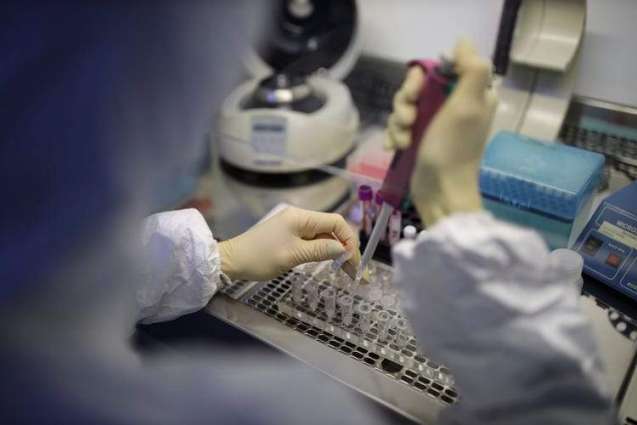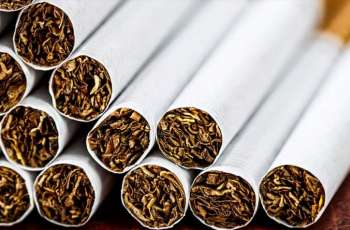Russian researchers expect to have a coronavirus vaccine prototype by the third quarter of this year, but it may not be available to the public earlier than mid-2021, in line with the World Health Organization's (WHO) forecast, a specialist at a research institute of the Federal Biomedical Agency (FBMA) told Sputnik Monday
MOSCOW (Pakistan Point News / Sputnik - 02nd March, 2020) Russian researchers expect to have a coronavirus vaccine prototype by the third quarter of this year, but it may not be available to the public earlier than mid-2021, in line with the World Health Organization's (WHO) forecast, a specialist at a research institute of the Federal Biomedical Agency (FBMA) told Sputnik Monday.
The WHO in February cooled hopes of quick vaccine development by approximating an 18-month timeframe to meet the strict requirements for human use. The researcher explained that it is unlikely that the vaccine will appear on the shelves earlier than the time frame predicted by the WHO due to legal requirements for new medicinal products.
"It will take about 18 months to create a vaccine as a registered medicinal product according to the WHO ... It must be understood that according to Russian law, this must be a registered drug that has a registration certificate and, under these conditions, we are unlikely to make it earlier than WHO's forecast of 18 months, which means in the middle of next year," the specialist from the St. Petersburg Research Institute of Vaccines and Serums said.
The researchers are among many racing to develop a vaccine after the coronavirus genome was sequenced and shared with laboratories worldwide.
"A prototype is expected [to be made] in the third quarter of 2020, while we plan to start pre-clinical animal trials in the fourth quarter," the researcher said.
As of Monday, confirmed COVID-19 infection cases are nearing 90,000, and the death toll is over 3,000. Nearly half of all patients have recovered from the disease.




